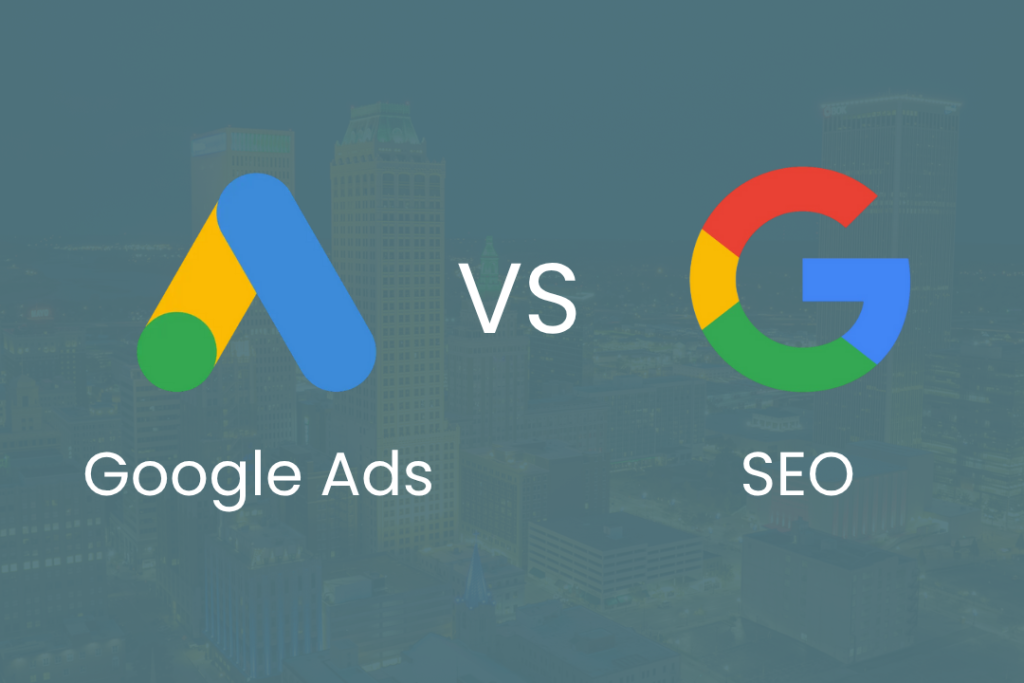
SEO vs. SEM: When to Invest in Organic Traffic, Paid Ads, or Both
In today’s competitive digital space, getting in front of the right audience is everything. But one of the most common questions we hear is: “Should we focus on SEO or SEM?” The truth is, there’s no one-size-fits-all answer. Success comes from building a tailored SEO vs SEM strategy that aligns with your goals, timeline, and budget.
Understanding the differences—and knowing when to lean into one or the other—can make all the difference in how fast and how effectively your business grows online. Let’s break it down.
What’s the Difference Between SEO and SEM?
SEO (Search Engine Optimization) is all about driving organic (unpaid) traffic by improving your visibility in search engine results pages (SERPs). This includes content creation, on-page optimization, link building, and technical improvements to your site.
SEM (Search Engine Marketing) usually refers to paid advertising, most commonly Google Ads. These are the search results labeled “Sponsored” or “Ad,” and they allow businesses to appear at the top of the page almost instantly—if they’re willing to pay per click.
Both are valuable. But how and when to use them? That’s where your SEO vs SEM strategy comes in.
When to Focus on SEO
If you’re playing the long game and want to build a sustainable, cost-effective source of traffic, SEO is your best bet.
Choose SEO when:
- You have time to build momentum (3–6+ months)
- You want to reduce reliance on ad spend over time
- You’re targeting informational keywords (e.g. blog content or resource pages)
- You’re focused on building domain authority and long-term search rankings
A solid SEO strategy is foundational. It keeps working even when you’re not actively promoting something. The traffic is earned, not rented—and that pays off in the long run.
However, SEO is competitive and slow-moving. It takes consistent effort, content publishing, and technical maintenance. But as part of your broader SEO vs SEM strategy, it can become your most powerful, scalable marketing channel over time.
When to Focus on SEM
SEM is ideal when you need quick wins or have specific campaigns to run—like launching a new product, filling a webinar, or capturing leads during a seasonal push.
Choose SEM when:
- You need fast visibility
- You’re targeting high-intent, bottom-of-funnel keywords
- You’re launching a time-sensitive offer or event
- You want full control over targeting and budget
The biggest advantage of paid ads? Speed. With the right setup, you can launch a campaign and start getting clicks in hours—not months. Plus, Google Ads offers laser-focused targeting based on location, device, audience behavior, and more.
The downside? The minute you stop paying, the traffic disappears. That’s why SEM works best when paired with long-term efforts like SEO—it gives you fast traction now while SEO builds momentum for the future.
When to Use Both Together
This is where your digital strategy gets really powerful. Using both SEO and SEM allows you to cover your bases, dominate the SERP, and feed short- and long-term growth at the same time.
Use both when:
- You want to own more real estate on Page 1 of Google
- You’re launching a new brand and need visibility while SEO ramps up
- You want to test messaging in ads before rolling it out in organic content
- You’re in a competitive niche and need both reach and authority
Many businesses find success running Google Ads for competitive keywords while simultaneously building SEO content around long-tail or supporting terms. It’s a smart SEO vs SEM strategy that balances immediate ROI with long-term sustainability.
Pro tip: Use the data from your SEM campaigns (click-through rates, keyword conversions, etc.) to inform your SEO content. What works in paid often works organically, too.
How to Decide Where to Start
Still unsure? Here’s a simplified guide:
| Business Goal | Start With | Layer In |
| Immediate traffic or leads | SEM | SEO over time |
| Long-term authority and ROI | SEO | SEM for promos |
| New product or launch | SEM | SEO support content |
| Small budget | SEO | SEM selectively |
Your best bet? Start with your goals. If you’re launching something soon, lean into SEM. If you want to build a steady traffic source, commit to SEO. If you’re ready to scale? Build a plan that uses both together in a unified SEO vs SEM strategy.
Final Word: It’s Not Either/Or—It’s Strategy First
SEO and SEM aren’t enemies—they’re teammates. When used together, they cover each other’s gaps and build a stronger, more agile digital presence. Think of SEM as the accelerator and SEO as the engine. When you combine both, your marketing machine becomes unstoppable.
If you’re tired of guessing where to invest—or you’ve tried both and aren’t getting results—it’s time to rethink your SEO vs SEM strategy. Our team helps brands design smarter campaigns that drive traffic, build authority, and grow revenue—on your terms.
Let’s figure out the right mix for your business and make every search result work harder for you.
Author: Lauren M.
